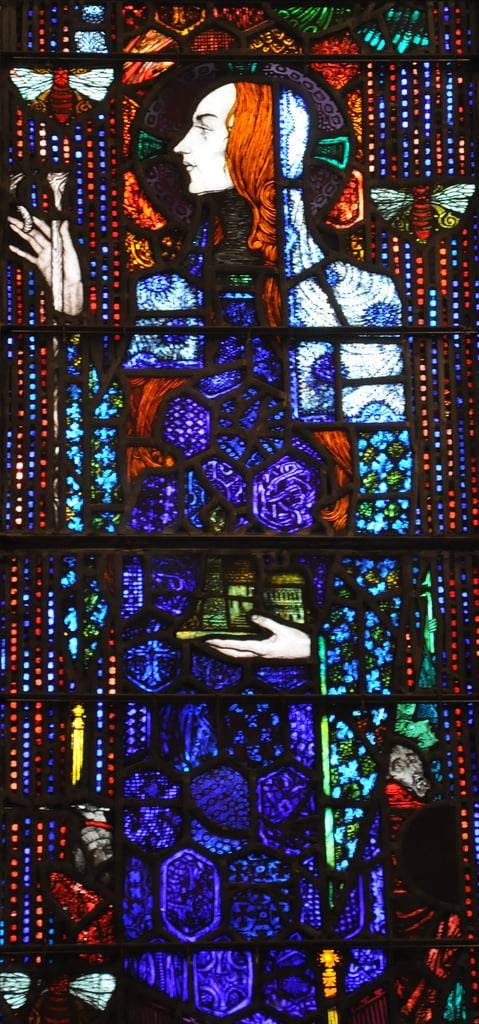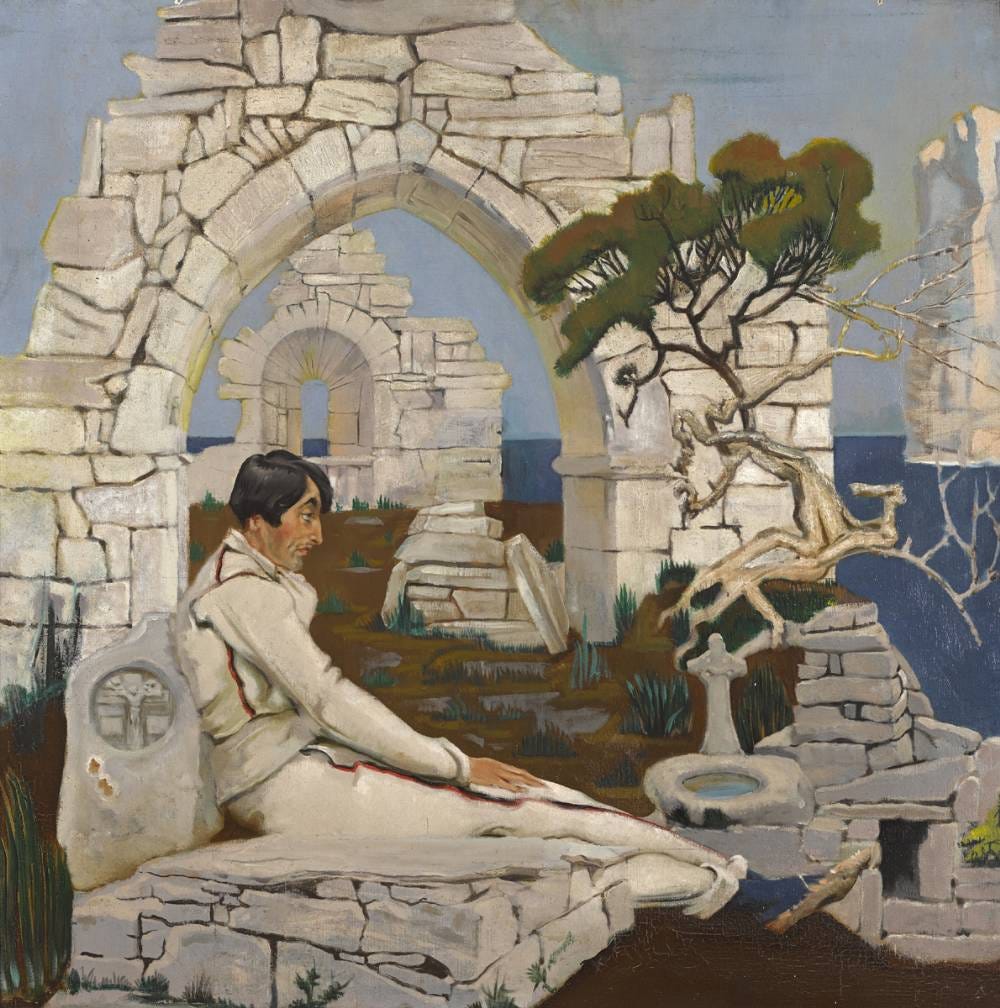A Chairde, Friends,
Wow, Gobnait felt more alive that ever in our gathering yesterday. Energy can never be destroyed only transformed and so although Gobnait’s time on the earthly plane has passed, she is still very much alive within us. May she continue to burn bright as a Queen of Honey and Lady of Smithcraft.
‘… And it was, for I was home both within and without. I apprenticed myself to these women who would become my ninefold priestesses. I (re)learned the Old Ways of Máthair [Mother], of working with the Spiral to serve my tuath and my times. I rooted in the lineage that had always been waiting for me. Our community burst into the land and the people flourished. They called me Queen of Honey and Lady of Smithcraft. I with my healing bees and my molding the nectar of earth, her ore for smithing.
As one of the elders, a file poet-seer once told me, “When you die Gobnait your soul will travel through time in the form of a bee.” If you are listening to these words, perhaps it has come to pass.
I found my place of resurrection.
Will you find yours?’
A few words that I mentioned in Irish…
Félire Óengusso - ‘The Martyrology of Óengus’ from the 9th century where Óengus speaks about ‘My Gobnait’
Caech - means blind in one eye, a description for many filí, poet-seers in Old Ireland
Goibniu - the divine smith of the Tuatha Dé Danann (Tribe of the Goddess Danu)
Máthair - means ‘mother’ in Irish
Tuath - means ‘tribe’ the word for a settlement or community in Old Irish
Inis Oírr, Inisheer - the island to the east of the Aran Islands
Baile Bhuirne, Ballvourney - ‘Town of the Beloved’
Gobnait Art
Harry Clarke’s stained glass window of Gobnait (1914-1916) housed in the Honan Chapel in University College Cork.
Painting of Harry Clarke, ‘Thinking Out Gobnet’ (1917) on Inis Oírr by Seán Keating, exhibited in the National Gallery in Dublin.















